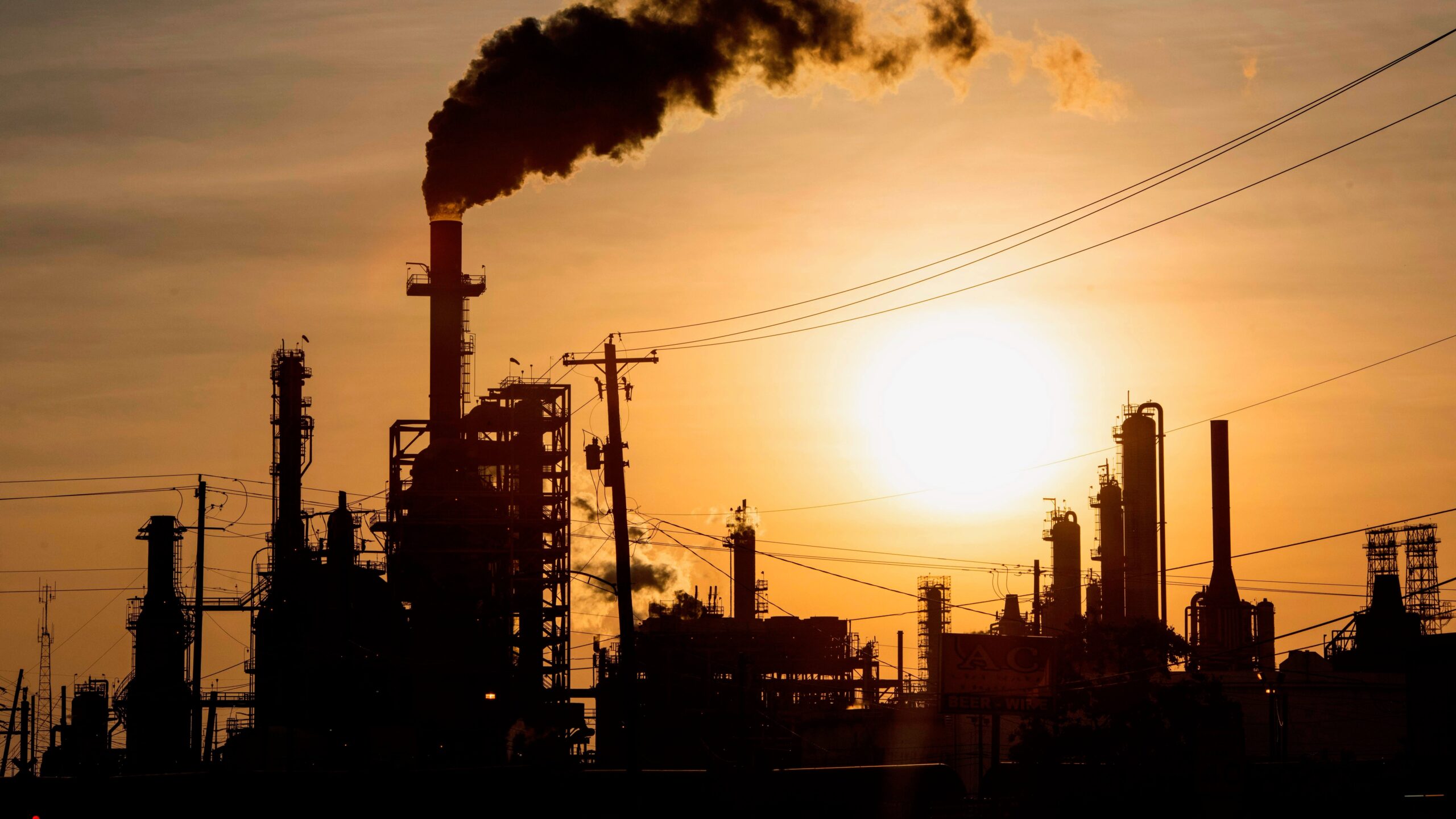
- Fundamental analysis
Impact of supply and demand for oil
Do you want to know how to make money from this?
Register for free and get expert advice, access to a training course and webinars.
Traders decided to review current oil reserves in the United States, which turned out to be higher than expert estimates. Amid these sentiments, oil prices began to rise again after a two-day decline.
Oil, without exaggeration, is the gold mine of the commodity market. It is used in a variety of areas: from the production of plastic and asphalt to providing fuel to various industries. It’s no surprise that the oil industry is a major economic driver, with oil price fluctuations closely watched by governments, corporations, investors and traders.
Thus, a logical question arises: what factors influence the demand and supply of oil?
The power of oil
Volatility in oil prices can generate shock waves that affect the entire global economy. Both changes in production volumes and fluctuations in demand play a role in this.
Oil is a resource that is both abundant and in demand, so its price is primarily determined by market forces. Many variables influence pricing in this area, and the law of supply and demand plays a fundamental role here. According to this law, an increase in supply leads to a decrease in prices, and an increase in demand, on the contrary, causes them to increase.
Oil consumption represents the combined activities of many companies and hundreds of millions of people, who collectively influence pricing. Oil production, especially in countries with significant crude oil reserves, can also play a significant role in determining prices.
According to 2021 data, the United States is the world’s largest oil producer, ahead of Saudi Arabia, which many mistakenly consider to be the leader in this field.
Reserves vs production
It may seem paradoxical that the countries that are leaders in oil production do not always coincide with those that are associated with the largest reserves. This is due to the difference between oil production and oil reserves.
Oil reserves are classified according to the likelihood of their recovery:
- Proven reserves: more than 90% probability of production.
- Probable reserves: greater than 50% probability of production.
- Possible reserves: probability of production at least 10%.
Analyzing the types of reserves in different countries allows us to predict future oil supplies and their ability to meet demand.
For example, Venezuela has the largest oil reserves (303.8 billion barrels), but most of them are located at sea or at great depths, which makes extraction difficult and expensive. In addition, Venezuelan oil has a high density, which complicates its processing. Saudi Arabia ranks second in reserves (297.5 billion barrels).
In contrast, the US proven reserves are less impressive (68 billion barrels) compared to their current production volumes.
The theory of supply and demand states that an increase in production, other things being equal, leads to a decrease in price. This is an interconnected process: growth in production is usually determined by an increase in its economic efficiency. For example, the introduction of a technology that can double oil production at a field at minimal cost, with constant demand, should lead to a fall in prices.
However, despite the increase in production, oil prices remain volatile and often high. This is because distribution and processing have not always kept pace with production growth.
OPEC and geopolitics
Among other things, pricing in the oil sector is influenced by the activities of cartels. The Organization of the Petroleum Exporting Countries (OPEC), founded in the 1960s, actually fixes prices, although this is not explicitly stated in the organization’s charter.
By limiting production, OPEC achieves an increase in oil prices, thereby receiving higher profits than when selling oil on the world market at the current prices of each of the member countries.
However, according to the US Energy Information Administration (EIA), OPEC members often exceed their quotas, selling several million barrels more than they should, knowing that they will not face sanctions.
The oil industry is a global game, and world events directly affect oil prices, especially since many of the largest oil-producing countries are in politically unstable regions. Geopolitical tensions are often associated with oil-producing countries, especially in the Middle East: Saudi Arabia, Iraq, Iran, Kuwait, Libya.
Do you want to know
How to make money from the news
Register for free and get:
- Expert consultation;
- Access to the training course;
- Opportunity to participate in webinars

